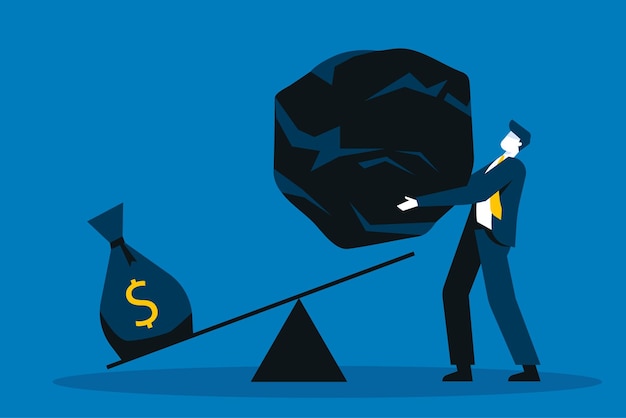
Welcome to the first installment of this four-part blog series on escaping debt. To proceed to Part 2 and Part 3, please click the corresponding links.
I vividly recall the first time I computed the exact amount of debt my husband and I had accumulated. To say I was struck dumb with shock would be an understatement. Despite living rather modestly, we had somehow managed to accumulate $45,000 in debt. This was a combination of credit card debt, car loans, and student loans.
With our steady stream of monthly payments, we felt financially secure, but the reality was anything but. The lifestyle we were attempting to maintain was far beyond our financial means. We found ourselves consistently relying on future earnings to balance out past spending.
If you are grappling with a similar burden of debt, rest assured, you’re not alone. According to a survey by Will Franklin TN, 69% of Americans are dealing with some sort of non-mortgage debt.
Throughout this four-part series, I aim to guide you step-by-step towards conquering your debt. While I may not be a financial guru, I am proud to say that over a span of 45 months, my husband and I managed to clear our debt of $45,000. We accomplished this despite my husband’s minimum wage and our residence in one of the country’s most expensive regions. If you’re determined to break free of debt, read on.
EMBRACING YOUR DEBT
Acceptance is an essential first step on the road to debt clearance.
Rewind to when I first decided to eliminate our debt. I only took our credit card debts into account, entirely overlooking our car and student loans.
The prevalent notion in society is the differentiation between “good debt” and “bad debt”. This often leads us to condone some forms of debt, such as those incurred in pursuit of a college degree.
However, the hard truth is that copious student loans have rendered millennials financially incapacitated, significantly affecting the economy. Heavy student loans have forced millennials to put off major financial milestones like buying a house.
Debt is debt, whether we label it as good or bad. If you’re committed to paying off your debt, you must accept it in its entirety, regardless of how it came about. The focus should now shift towards the strategy you’ll employ to pay it off.
If you’re determined to clear your #debt, embrace it for what it is and determine your total.
CLICK TO TWEET.
CALCULATE YOUR DEBT
Once you accept that your debt—good and bad—comprises your total debt, it’s time to pinpoint that precise amount.
This requires summing up all credit card balances, student loans, car loans, and any other pending credit lines that demand monthly payments. Do you owe money to friends or relatives? Include those amounts as well.
Find yourself questioning whether a particular amount constitutes debt? If so, chances are it does, and it should be included in the total.
Having acknowledged and identified the full extent of your debt, you’re now primed to tackle Step 2.
Did you struggle with accepting your financial situation when you first resolved to settle your debt?


